Alright, web-heads and True Believers! Let’s chat about a hero who, honestly, needs no introduction, right? But his story is just so epic, we gotta talk about it again. We’ve seen him go from classic comic books to the huge Hollywood blockbusters and even those awesome cutting-edge video games. Spider-Man’s been swinging through pop culture for ages. But, like, how did our friendly neighborhood wall-crawler actually become this massive global icon? Let’s dive into the amazing history of Spider-Man, you know, follow his journey from ink and paper all the way to pixels and everything after. So, what about you? When did you first meet Spidey? Was it flipping through a comic, watching a cartoon, or maybe seeing him on the big screen?
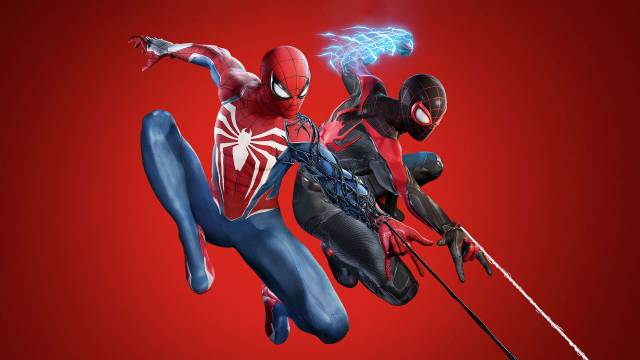
The Birth of a Legend: Spidey in the Comics
Okay, so our story really kicks off back in the Silver Age of Comics. It’s 1962, right? And you’ve got all these gods, super-soldiers, and super-rich geniuses running around. But then, Marvel legends Stan Lee and Steve Ditko decided to try something totally different. They pictured a hero who wasn’t some grown-up authority figure. No, they wanted a teenager – someone actually dealing with homework, bullies, and yeah, girl trouble, all while fighting super-villains. And boom, Peter Parker enters the scene.
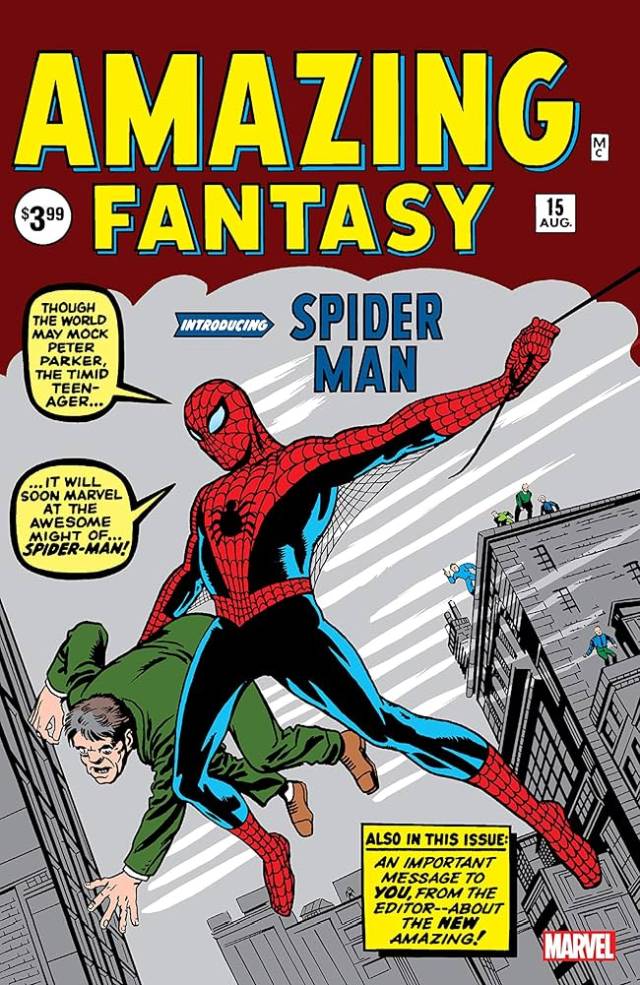
Honestly, putting him in Amazing Fantasy #15 was kind of a gamble. Publishers back then weren’t totally sold on a hero loaded with insecurities and everyday problems. Would anyone actually want that? Turns out, they absolutely did. Peter Parker, just a regular kid bitten by a radioactive spider, suddenly gifted with these crazy powers… he just clicked with people. Finally, here was a hero you could genuinely relate to. His struggles felt real, you know? Even with all the wild web-slinging going on. And that core idea – “With great power comes great responsibility” – well, that pretty much became his whole deal.
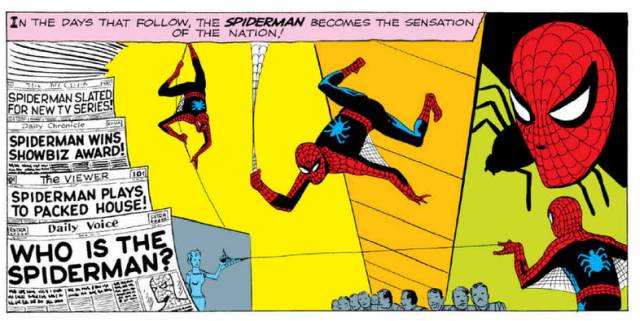
And guess what? The gamble paid off, big time. After everyone went nuts for his debut, The Amazing Spider-Man series launched in 1963, and that’s when Spidey’s comic history really took off. Things started happening fast! We got introduced to those classic villains like the Green Goblin, Doc Ock, the Lizard, the Vulture – guys who’d give Peter a run for his money, physically and emotionally, for years and years. These early Stan Lee creations? They basically built the foundation for one of the most loved comic characters ever.
Changing with the Times: Key Comic Story Arcs
- Back in the Silver Age (think the 60s), Peter was mostly pretty optimistic, juggling being a hero with all that high school drama. Pretty standard stuff, but fun!
- Then came the Bronze Age (the 70s and early 80s), and things started getting a bit darker, more grown-up. This era gave us what’s arguably the biggest gut-punch in Spidey’s history: “The Night Gwen Stacy Died” (from The Amazing Spider-Man #121-122, back in 1973). I mean, wow. That story totally shocked readers. It basically showed everyone that superhero comics could have real, permanent, tragic consequences. Things weren’t always going to be okay.
- Fast forward to the Modern Age (late 80s and onwards), and you see stories getting way more complex, digging deeper into the characters’ minds. If you’re looking for key Spidey stories from this time, you have to check out:
- “Kraven’s Last Hunt” (1987): Seriously dark, really gets into your head. It’s all about obsession and, well, mortality. Heavy stuff, but brilliant.
- Then there’s Venom and the whole Symbiote Saga: This brought in a super popular anti-hero/villain and let us see a darker side of Peter. Cool, right?
- “Spider-Verse” (2014): Just this massive, epic crossover bringing together Spider-People from all different universes. Yeah, the one that inspired that amazing animated movie!
- And “Superior Spider-Man” (2013-2014): Definitely controversial, but super interesting. It’s where Doctor Octopus’s mind takes over Peter’s body, trying to prove he can be a ‘better’ Spider-Man. Wild, I know!
These big graphic novels and story arcs kept shaking things up, redefining Spidey and keeping him relevant for new generations. When you look at how he’s changed over time, you see a hero who gets tested, broken, and put back together again and again. But through it all, he never stops trying to do the right thing. Gotta respect that.
Swinging onto Screens: Those Early Adaptations
So, naturally, it didn’t take long for our web-slinger to jump right off the comic page and onto our screens. A lot of fans still have a soft spot for that 1967 animated Spider-Man series. You know the one! It had that super catchy theme song (“Spider-Man, Spider-Man, does whatever a spider can…”) and that very, uh, *distinct* animation style. Okay, maybe it looks a bit simplistic now, but hey, it brought Spidey to a whole bunch of people watching TV.
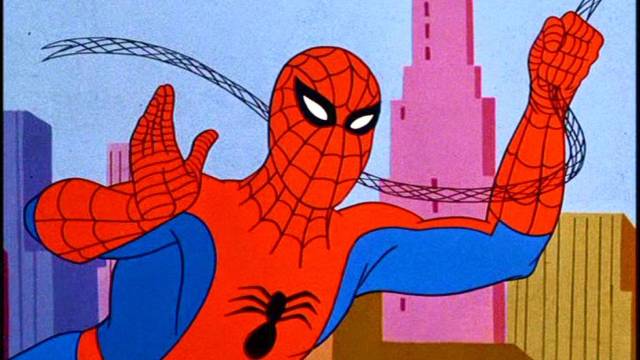
Then came the live-action tries. There was the US TV show The Amazing Spider-Man (from ’77 to ’79) with Nicholas Hammond. And let’s not forget Toei’s totally unique Japanese Supaidāman series (’78-’79) – the one with the giant robots! Maybe the first Power Rangers? Who knows! Look, these early attempts were all over the place in terms of quality and sticking to the comics, but they were super important first steps. They got Spidey into TV and movies, setting the stage for everything that came later.
The Blockbuster Era: Spidey Takes Over Hollywood
But then… BAM! 2002 hit, and Sam Raimi’s Spider-Man movie landed. With Tobey Maguire as Spidey, this thing was huge – critics loved it, audiences loved it, it made a ton of money. It just perfectly captured the heart, the humor, and yeah, the awesome action of Spider-Man. That whole Raimi trilogy (from 2002 to 2007) basically was Spider-Man for a whole generation. Plus, it really cemented superhero movies as serious blockbusters. It did a great job showing how you could take Spidey from the comics to the movies, keeping the spirit while making it work on screen.
After Raimi moved on, Sony decided to reboot things with The Amazing Spider-Man (2012) and its sequel (2014), this time with Marc Webb directing and Andrew Garfield in the suit. These movies had a bit of a different vibe – Peter was a bit moodier, there was more focus on his parents’ backstory, and it just looked different. Now, maybe they didn’t hit the same iconic level as the Raimi films for some folks, but Andrew Garfield definitely got his own crew of dedicated fans. Comparing these different movie runs really shows you how things change from the comics to the big screen, right? Movies often have to simplify complicated histories or tweak how characters interact to work for a wider audience. Makes sense.
A Homecoming: Spider-Man Joins the MCU!
And then, something happened that a lot of us fans thought would never happen: Sony Pictures and Marvel Studios actually made a deal! Spider-Man could finally join the massive Marvel Cinematic Universe (MCU). How cool is that?! Tom Holland popped up as this younger, really believable teenage Peter Parker in Captain America: Civil War (2016), and honestly, people loved him instantly.
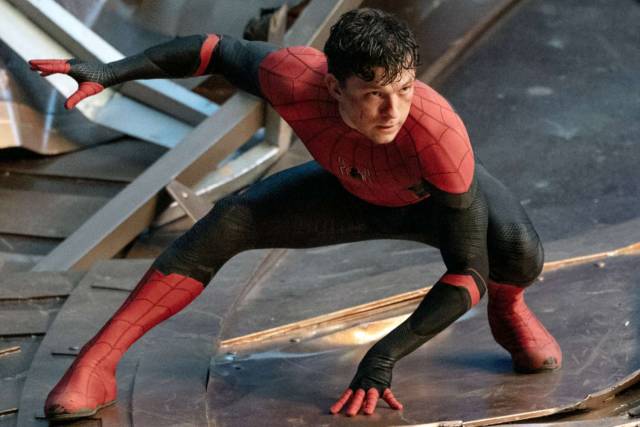
Tom Holland’s Spidey, led by director Jon Watts through the Homecoming trilogy (Homecoming, Far From Home, No Way Home), really brought Peter right into the main MCU story. We saw him getting mentored by Tony Stark (Iron Man!), fighting Thanos with the Avengers, and dealing with the massive fallout of everyone knowing his secret identity. Being in the MCU meant we got these awesome team-ups with other heroes – stuff that just couldn’t happen before because of studio rights. And oh man, Spider-Man: No Way Home (2021)? That wasn’t just a movie; it was a full-blown cultural event! Bringing together three generations of movie Spider-Men? It was the perfect celebration of Spidey’s whole film history. Just incredible.
Beyond the Big Screen: Animation and Games Rock Too
Of course, Spidey’s adventures didn’t stop with the live-action movies. He’s been thriving in animation too! Modern cartoons like the much-loved The Spectacular Spider-Man (2008-2009) were great. And then you have the animated movies Spider-Man: Into the Spider-Verse (2018) and Across the Spider-Verse (2023) which just blew everyone away. They totally pushed the limits with their unique art styles and deep dives into the multiverse. So cool!
And we can’t forget video games – they’ve been a huge part of Spidey’s life in the digital age. Man, trying to rank the best Spider-Man games? That’s tough, ’cause there are just so many good ones! But you gotta mention titles like Spider-Man 2 (the one based on the Raimi movie), Ultimate Spider-Man, Spider-Man: Shattered Dimensions… and especially the Insomniac Games’ Marvel’s Spider-Man from 2018 and its follow-ups (Miles Morales, Spider-Man 2). Those games? They totally raised the bar for superhero gaming. The web-slinging feels incredible, and the stories really pull you in.
Why Spidey Matters: His Cultural Impact
Seriously, it’s hard to even explain just how much Spider-Man has influenced pop culture. He’s way more than just another superhero; he’s a genuine global phenomenon. Think about it: his problems feel real (even if they involve supervillains), he stays optimistic even when things get rough, and that costume is instantly recognizable. It all adds up to make him one of the most well-known and loved characters ever created, period.
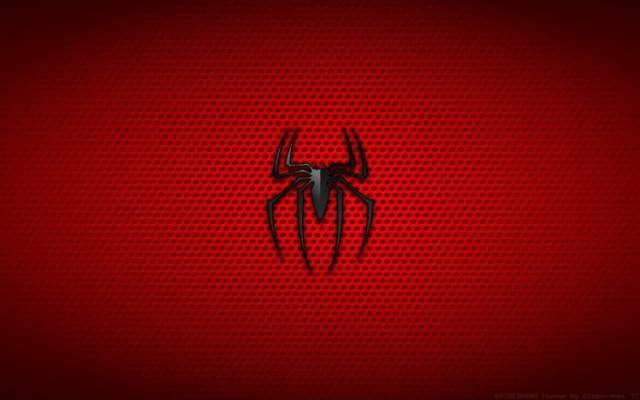
And the merchandise! Over the years, Spidey stuff has made billions – with a B! From the action figures and lunchboxes back in the day to the fancy statues and complicated LEGO sets you see now, Spidey is just everywhere. You really can’t deny his impact on superhero movies today, either. That 2002 movie? Yeah, that helped kick off this whole golden age of comic book movies we’re in. What’s also cool is how different cultures embrace Spider-Man – sometimes they put their own spin on him, but that core character, the relatable hero, always shines through. It just shows how universal his appeal really is. No wonder he’s consistently one of the most profitable characters out there.
Let’s Talk Suits!
Oh, and we gotta talk about the suit, right? That classic red-and-blue design by Steve Ditko? It’s still the most iconic, you just can’t beat it. But watching how Spidey’s costume has changed over the years is like its own little history lesson! We’ve seen some awesome variations:
- Miles Morales’s super cool and distinct black-and-red look.
- All sorts of different armored suits he whipped out for specific bad guys.
- The super techy Iron Spider armor (both in the comics and the MCU – thanks, Tony Stark!).
- That sleek, alien Black Suit (which, you know, eventually became Venom).
- And honestly, countless other versions across comics, games, and movies. Each one kind of tells you something about the story or the time period.
An Icon That Lasts
So, when you look back at everything – from starting out in Amazing Fantasy to swinging across the multiverse on screen and in games – Spider-Man’s whole history really shows the power of a hero we can connect with. Peter Parker, just a kid from Queens who got these amazing powers and had to learn what “great responsibility” really means… he still resonates today because his struggles, even though they’re huge and superhero-sized, kind of mirror our own everyday challenges. Sure, he changes and evolves, facing new things, but that core character? It stays the same.
Through all the decades, all the changes in culture and technology, all the different versions we’ve seen, Spider-Man is still that friendly neighborhood hero we all want to see win. Trust me, his journey from comic pages to pixels is nowhere near done. What do you hope is next for Spidey? What kind of adventures do you want to see? Definitely let us know down in the comments!
